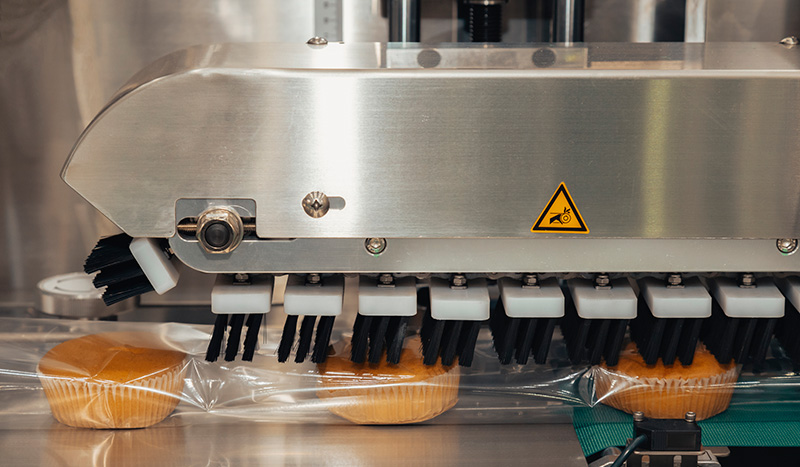5 Common Food Packaging Regulation Issues Found During Inspection
Packaging materials are not typically connected to biological, chemical, or physical food recalls due to cross-contact. Even so, packaging manufacturers need to understand and validate their processes to ensure consistency, quality, food safety, and adherence to protocols.
Considering the wealth of food packaging regulations that manufacturers need to know, organizations should do everything in their power to understand the proper compliance needs and processes to protect their operation.
Mastering FDA Regulations for Food Packaging
According to the Food Safety Modernization Act (FSMA), the Current Good Manufacturing Practices (CGMP) regulations apply to the manufacturing of food packaging (see 21 CFR part 117, subpart B for more information). These regulations address taking adequate precautions to reduce the potential for allergen cross-contact, food-contact surfaces, and food-packaging materials with microorganisms, chemicals, filth, and other extraneous material.
Appropriate quality control operations must also be employed to ensure food is suitable for human consumption and that food-packaging materials are safe and appropriate (see 21 CFR § 117.80(a)(2)).
5 Most Common Ways Food Packaging Regulations are Violated
Through an inspection, packaging companies can quickly determine whether they are following the expected protocols, which issues need to be addressed, and how to resolve them. These are the top five most common issues packaging manufacturers encounter during inspections.
- Hand washing facilities versus utensil washing facilities: In the packaging industry, it's common to find sinks being used for both handwashing and utensil washing. Best industry practices include the separation and labeling of sinks to eliminate cross-contamination issues.
- Excessive lubrication: Lubricants that are essential for effective equipment operations must be managed to ensure they don't get displaced onto food contact packaging. A lubrication program has proven to be effective. However, packaging manufacturers must also find the right lubricant, quantity, time, point, and method of use. Lubrication analysis, adjustments, cross-contact control, and inspections are among the main factors that contribute to an effective lubrication program.
- Utensil usage and storage: Utensils are important tools used within the packaging environment. Inspections show that utensil-related issues have increased over time. All utensils should be approved and included in the facility program so there are proper procedures for their inspection, use, storage, and handling. By taking these measures, cross-contact risks to products as well as product contact surfaces can be reduced.
- Gaps on dock levelers and dock doors: Gaps on dock doors and dock door levelers could lead to pest access issues. To eliminate pest entry points, dock levelers and dock doors need to be made close-fitting or with a gap of less than ¼ inch or 6 mm, making them pest-proof. The pest management program and inspections are used to address gap issues, ensure a safe packaging production environment, and assess how well the facility implements and monitors programs.
- Temporary repairs: There are times when temporary repairs are necessary or unavoidable, but they should never be used as an excuse not to do permanent repairs. Issues with temporary repairs occur when they are not incorporated into a program (i.e., preventive maintenance, inspection). Procedures must be developed and implemented to define the type of material, required records, and timelines to ensure they don't become a contamination risk to products or product contact surfaces.
Understanding the most common issues inspections can uncover is an important first step for manufacturers when determining the proper precautions for the future. By finding the right materials, tools, and processes to protect the integrity of food packaging, manufacturers can feel more confident in their ability to pass all necessary inspections.
Ensuring Food Safety in All Packaging Materials
Whether you’re part of the packaging industry or a food manufacturer looking to better understand your adherence needs, guidance from programs like AIB International’s BRCGS Certification for Packaging can help. Learn how to support the production of safe packaging materials, properly manage product quality to meet customer requirements, and protect your company from violations through legal compliance.


